Mathematics And Science
Welcome to the facts Mathematics world

For Better Life We Need
Mathematics
theory
of everything 14.02.2021
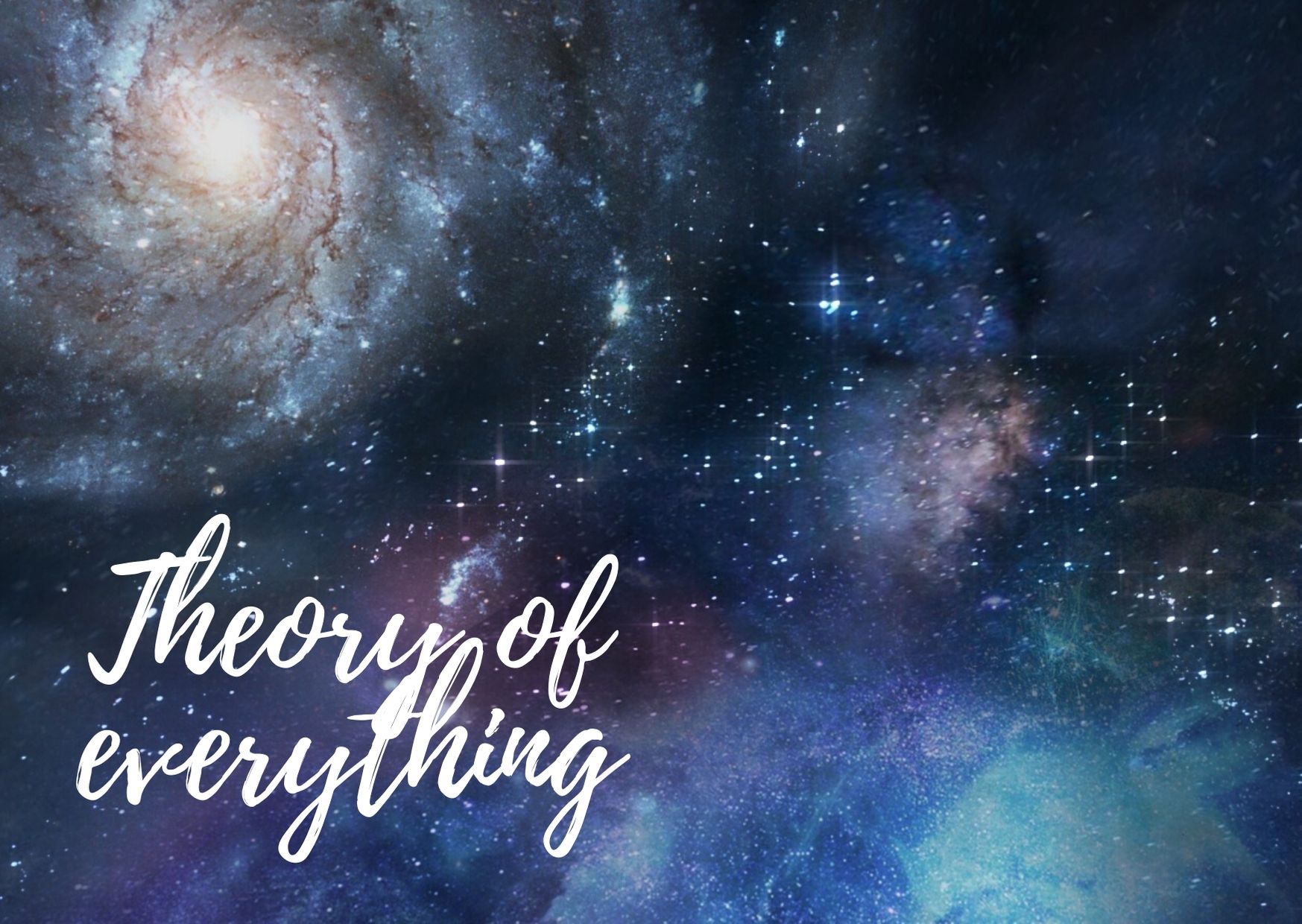
A theory of everything (TOE) is a hypothetical framework explaining all known physical phenomena in the universe. Researchers have searched for such a model ever since the development of quantum mechanics and Albert Einstein's theory of relativity in the early 20th century. Each of these pillars of modern physics describes its respective area of inquiry — the very smallest and the most massive things in the cosmos — with astounding accuracy, but both quantum mechanics and relativity fail when applied to each other's subject matter. So far, an overarching theory of everything has eluded scientists, and some believe the ultimate goal is unrealistic.
Sunt in culpa qui officia deserunt mollit anim id est laborum consectetur adipiscing elit, sed do eiusmod tempor incididunt ut labore et dolore magna aliqua. Ut enim ad minim veniam, quis nostrud exercitation ullamco.
Einstein's valiant effort During the mid-20th century, physicists developed the Standard Model, which has been called the "theory of almost everything." It describes the interactions of all known subatomic particles and three of the four fundamental forces: electromagnetism and the strong and weak nuclear forces, but not gravity. Related: Strange Quarks and Muons, Oh My! Nature's Tiniest Particles Dissected (Infographic) A model that also included gravity would be known as a quantum gravity theory. Some researchers believe that string theory is such a framework and fits the bill for a theory of everything. String theory posits that particles are actually one-dimensional, string-like entities vibrating in an 11-dimensional reality. The vibrations determine the different particles' properties, such as their mass and charge.
Potential candidates During the mid-20th century, physicists developed the Standard Model, which has been called the "theory of almost everything." It describes the interactions of all known subatomic particles and three of the four fundamental forces: electromagnetism and the strong and weak nuclear forces, but not gravity. Related: Strange Quarks and Muons, Oh My! Nature's Tiniest Particles Dissected (Infographic) A model that also included gravity would be known as a quantum gravity theory. Some researchers believe that string theory is such a framework and fits the bill for a theory of everything. String theory posits that particles are actually one-dimensional, string-like entities vibrating in an 11-dimensional reality. The vibrations determine the different particles' properties, such as their mass and charge.
Or, maybe it doesn't exist But other scientists consider the idea of string theory an intellectual dead end. Peter Woit, a theoretical physicist at Columbia University, has repeatedly scolded his colleagues for chasing what he considers an imaginary dream. "The basic problem with string theory unification research is not that progress has been slow over the past 30 years," Woit wrote on his blog, "but that it has been negative, with everything learned showing more clearly why the idea doesn't work." In his bestselling book "A Brief History of Time" (Bantam Books, 1988), physicist Stephen Hawking discussed his desire to help create a theory of everything (which was also the title of his 2014 biopic). But the famous scholar changed his mind later in life; he thought such a theory would be out of reach forever because human descriptions of reality are always incomplete, according to a 2002 lecture available on a website dedicated to the late physicist. This fact did not sadden him but rather gave him hope. "I'm now glad that our search for understanding will never come to an end and that we will always have the challenge of new discovery," Hawking said. "Without it, we would stagnate."
Mass–energy equivalence
mass and energy 14.02.2021

Mass-energy equivalence is the famous concept in physics represented mathematically by , which states that mass and energy are one and the same. This idea was not actually put forth by Einstein, but he was the first to describe an accurate relationship for it in his theory of special relativity, where he first wrote down this famous equation. The term is a tremendously large quantity, so this means that a small amount of mass corresponds to a large amount of energy. This equation is only representative of an object at rest, so this energy is called the "rest energy" of an object. The full equation Einstein wrote down includes the energy of a moving object, but the simplified version is still profound.[2] The implications of such an idea are overwhelming. Mass can be created out of energy, it just takes a lot of energy to do this. In fact, the entire universe was born in the Big Bang when a whole lot of energy was turned into mass. For example, burning a gallon of gasoline (3.78 liters) releases about 132 million joules of energy, which is enough energy to make 14 ng of mass. This is roughly the mass of a single particle of very finely ground flour. No scale in the world can detect a difference of 14 ng out of the 3 kg of mass of the gasoline. This naturally leads to the conclusion that 'if the technology existed to just turn that gasoline into pure energy', the world's energy problems would go away. Unfortunately, this is forbidden by a deep physical law that says the total number of protons and neutrons must remain the same. Protons can become neutrons, and neutrons can become protons (and both happen with beta decay). This law is known as baryon conservation and is discussed at hyperphysics (both protons and neutrons are baryons). In the gasoline case, a gallon of gasoline weighs about 3 kilograms (~6 pounds). The loss of a nanogram is impossible to detect with any scale, so that's all theoretical. The strong force, weak force and electromagnetic force work together inside of a nucleus to create stable configurations of protons and neutrons. These nuclear processes make for much stronger forces than the electron recombination in the combustion of fossil fuels does. This means that the release of energy from a nuclear reaction creates enough of a mass difference to be measured. Specifically, small amounts of mass are turned into energy from the breaking up (fission) or combination (fusion) of the nuclei of atoms. Even spontaneous radioactive decay converts a bit of mass into incredible amounts of energy. By doing so, the energy from these processes can be used to generate electricity in nuclear power plants, or as nuclear weapons, which were first deployed in World War II and have only been tested since then (nuclear weapons have since not been used as a direct attack, just very big threats). Although these reactions cannot convert the entire mass to energy, they still release tremendous amounts of energy. See the page on energy density for more information. The sun uses fusion of hydrogen into helium to create sunlight at an astonishing rate. The sun gives off 3.86 x 1026 W of power. That means the sun is losing 4.2 million tonnes of mass every second due to nuclear fusion.
Marie Curie
the most brave woman 14.02.2021
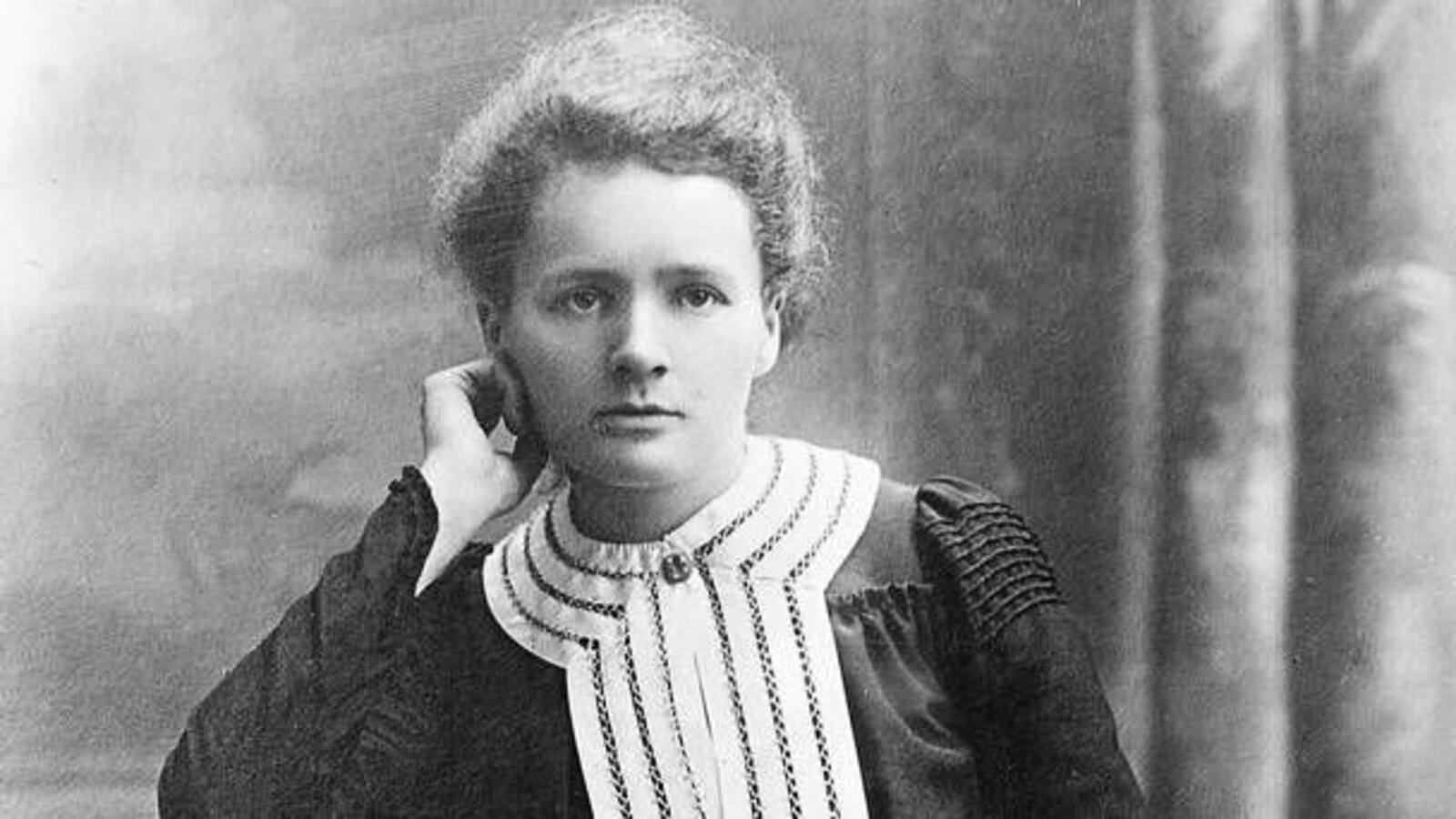
remember she is a legendary!
Marie Skłodowska Curie, born Maria Salomea Skłodowska, was a Polish and naturalized-French physicist and chemist who conducted pioneering research on radioactivity. she died on july 4,1934. Be in peace, hero.

Elias Mirveyspoor
I want make a website for people that love to search about the facts and know scientists better.
Tags
Mathematics econemy geometry Physics technology scientists Applied mathematics architecture books News math science theory calculus
some scientists pictures
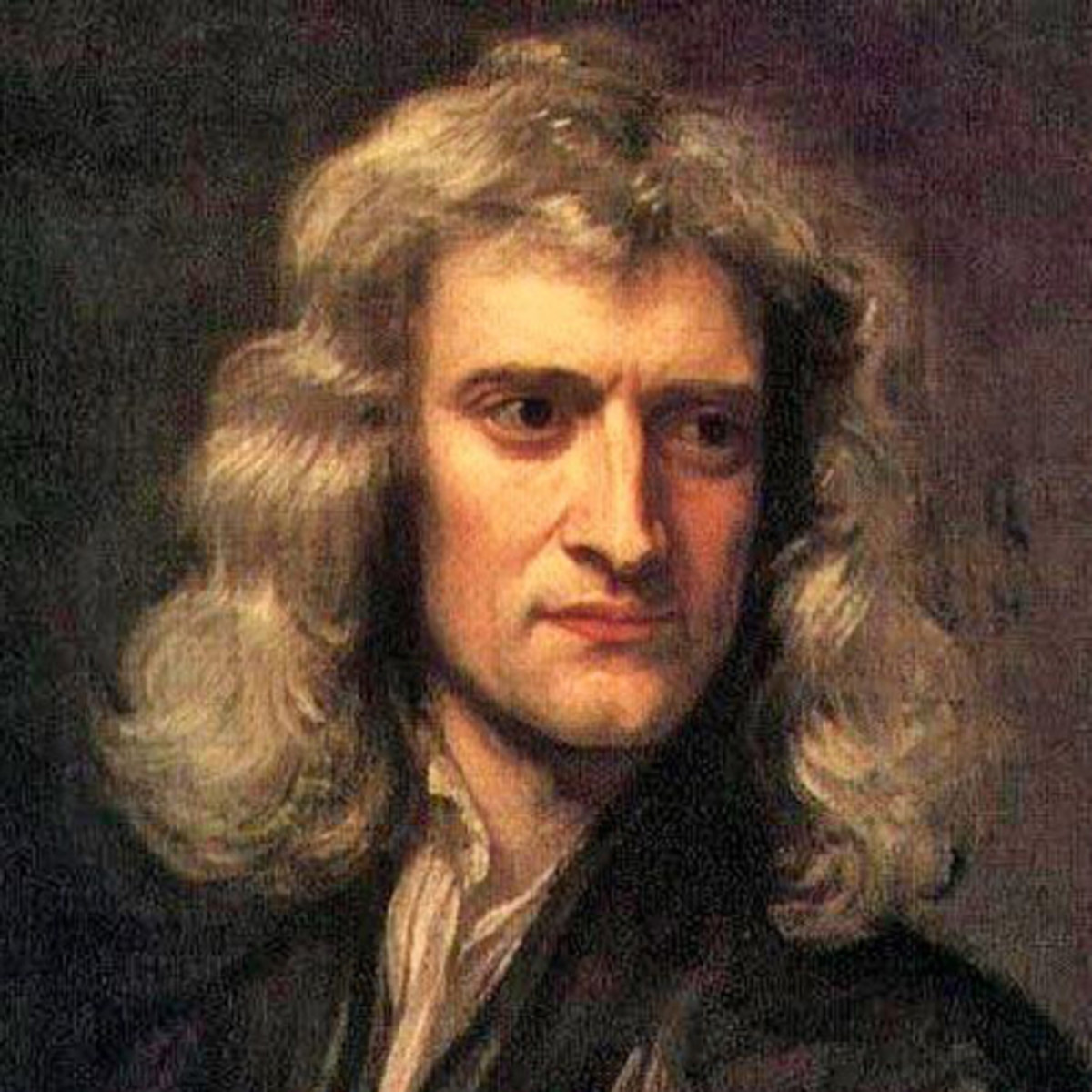
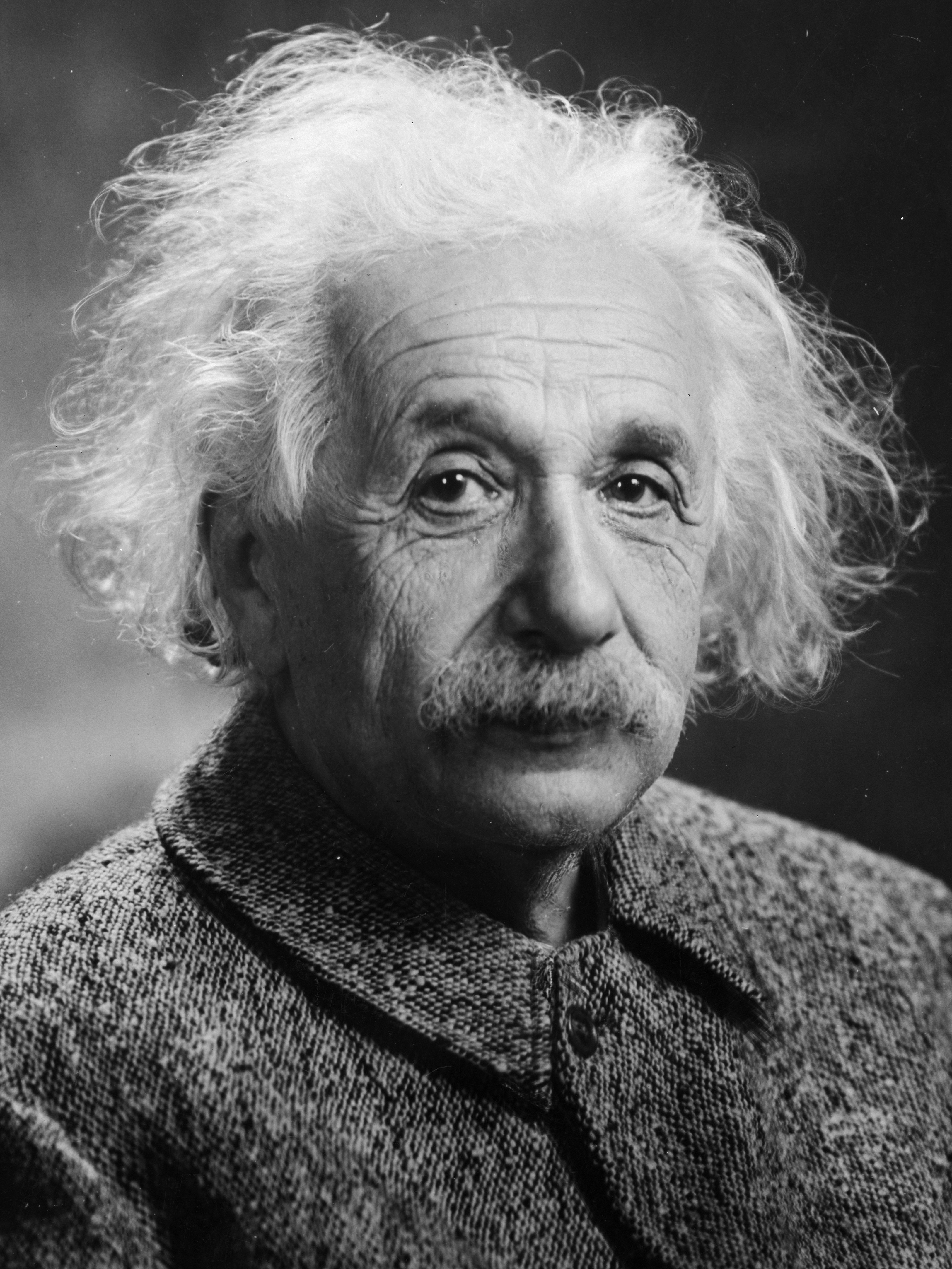
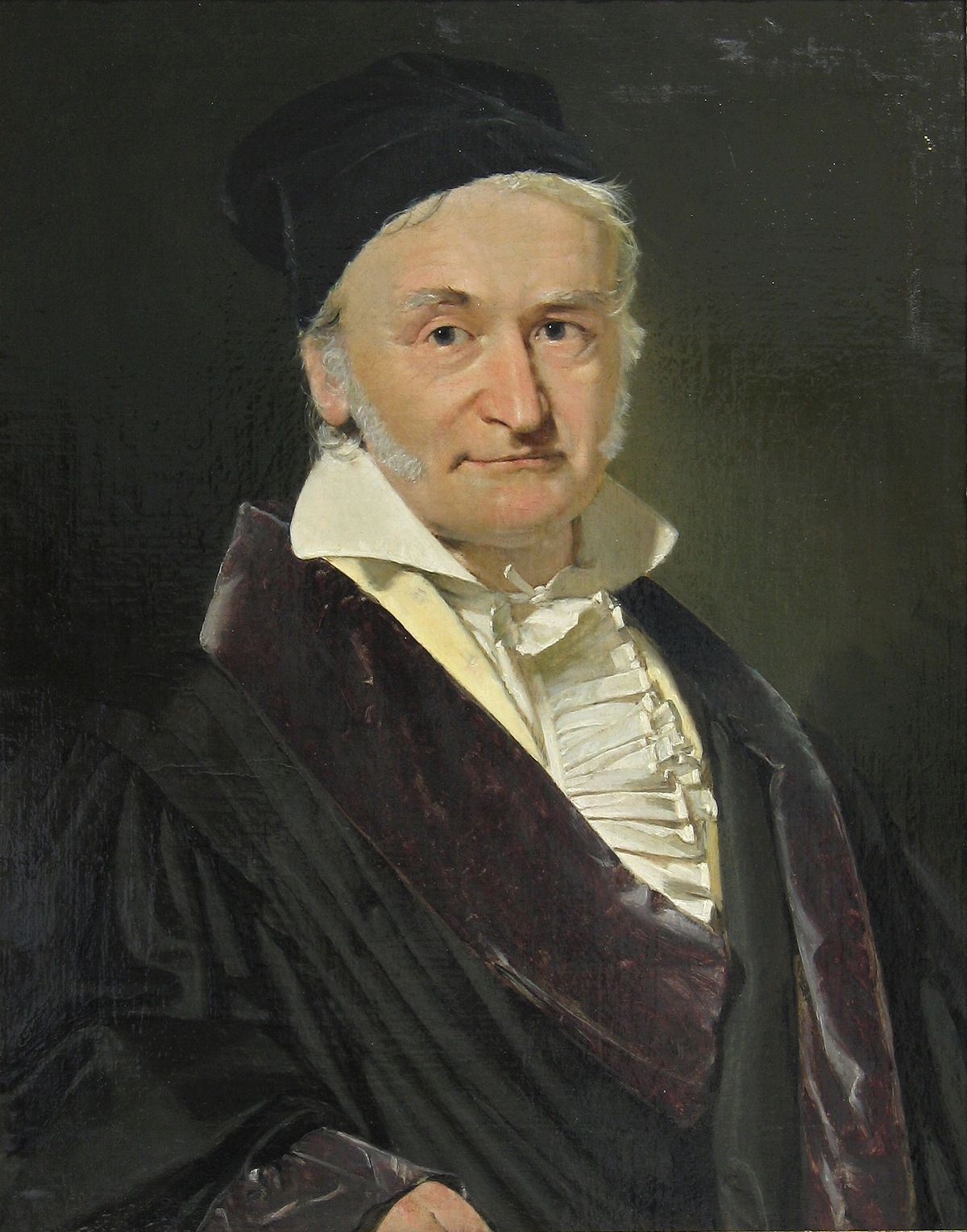
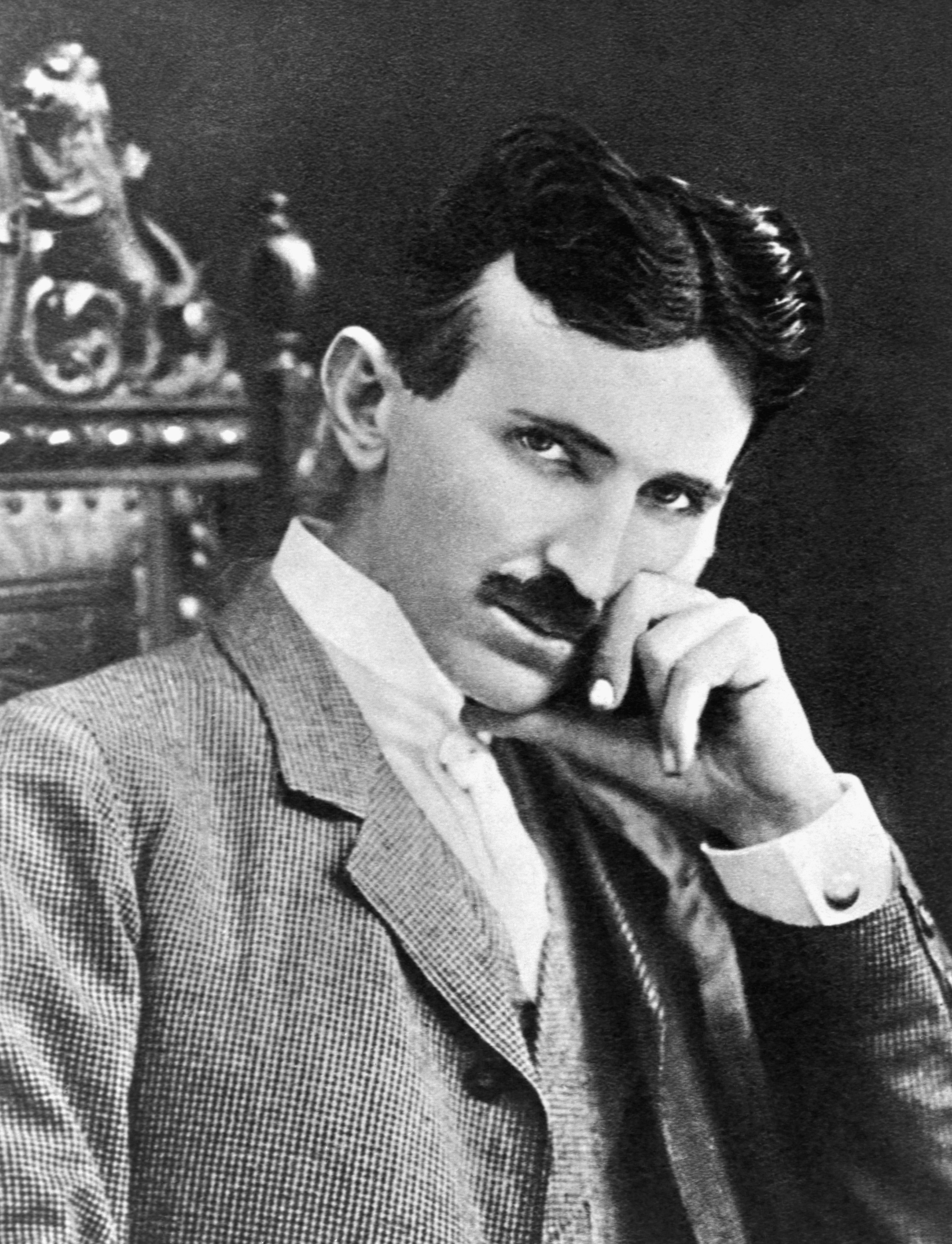
Subscribe
Enter your e-mail below and get notified on the latest website posts.


